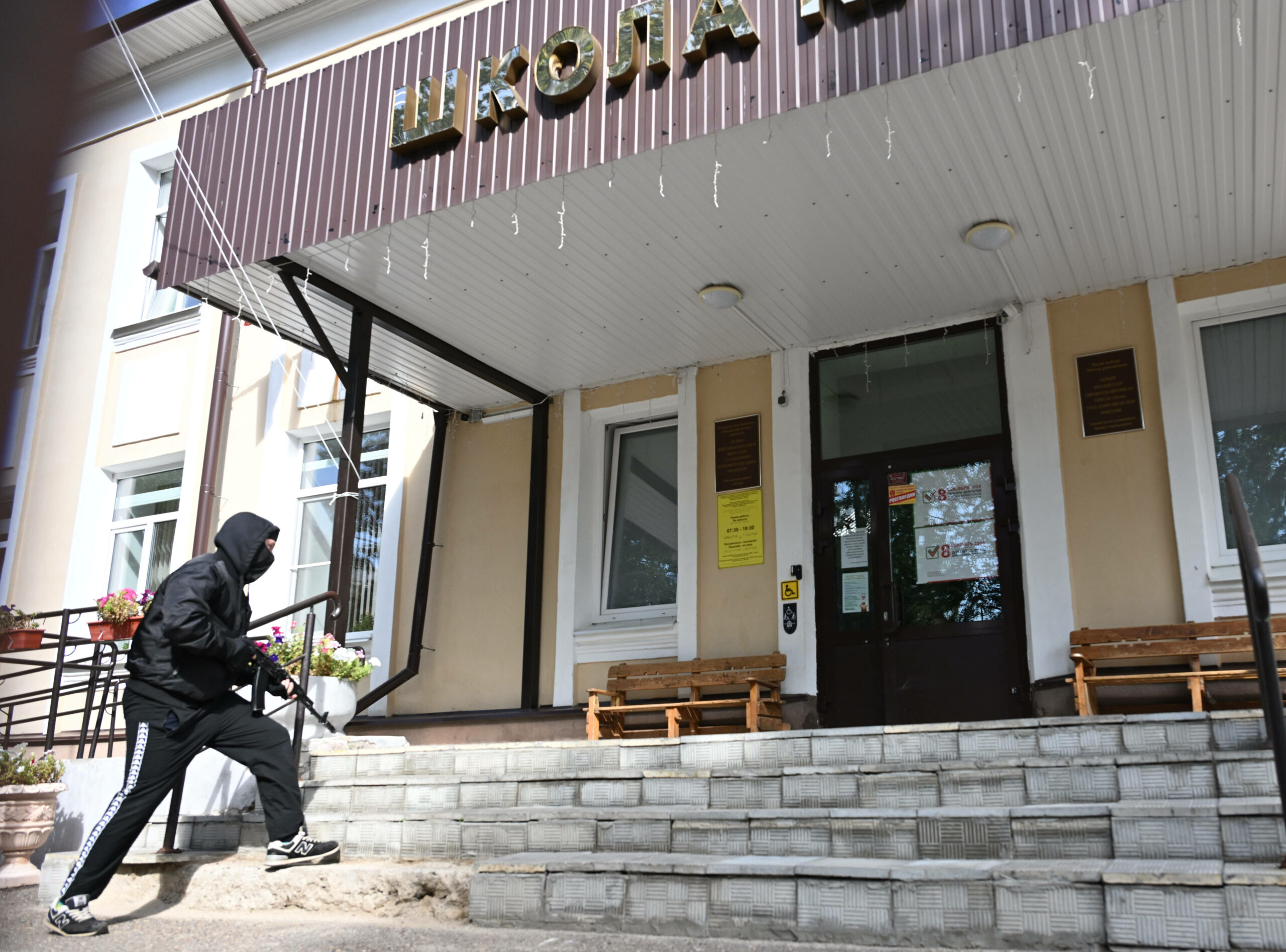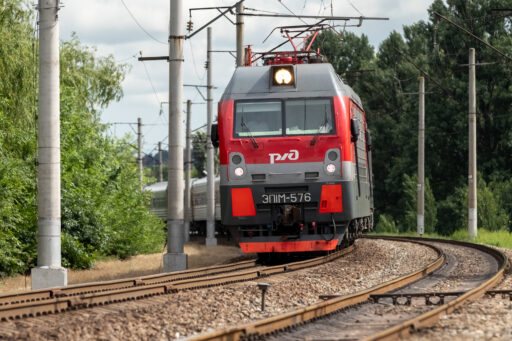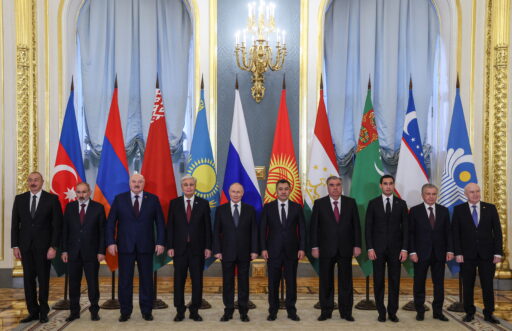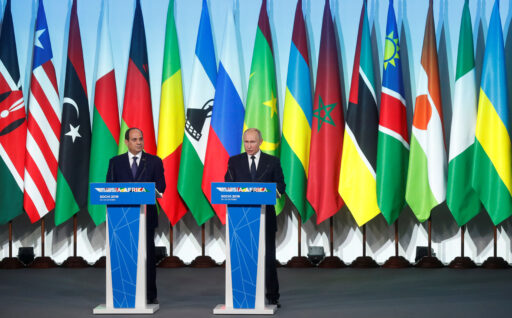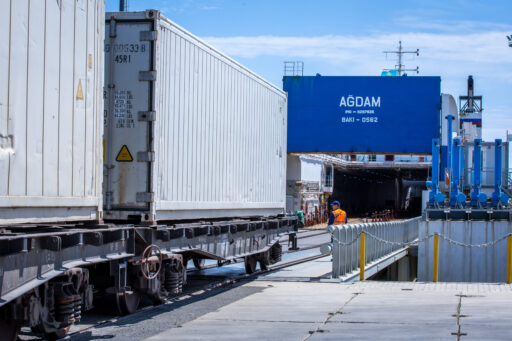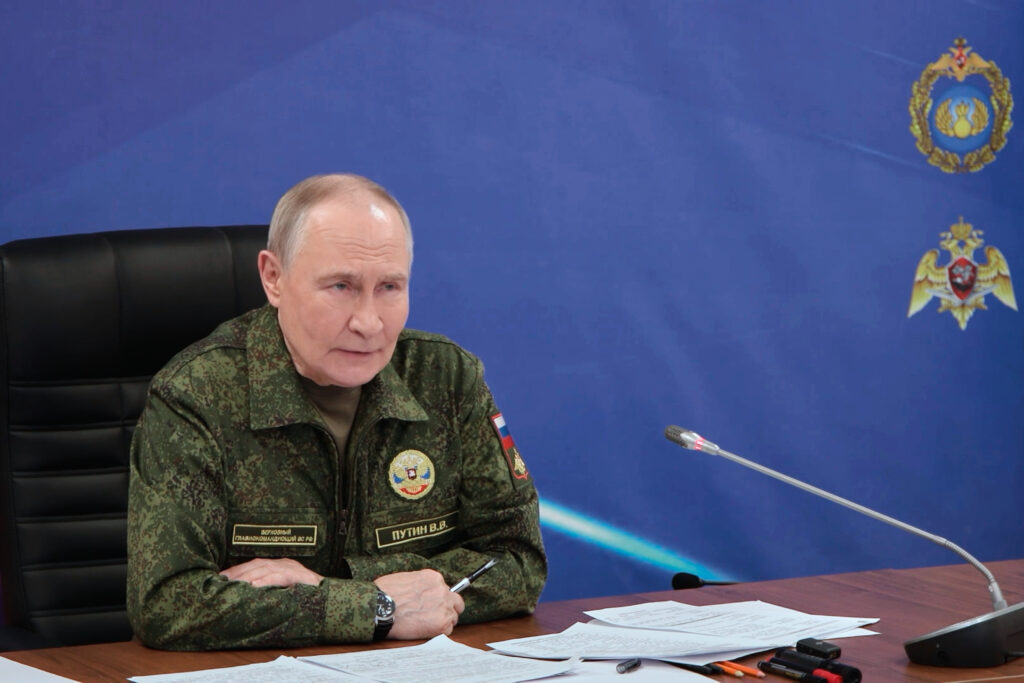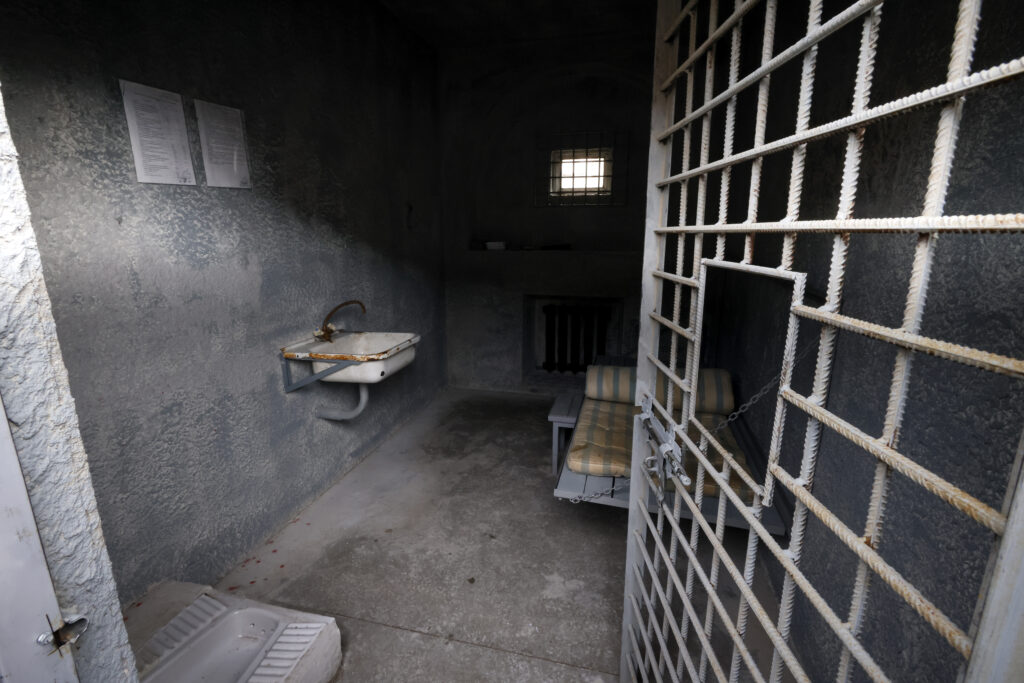Militancy and terrorism in Russia have surged during the first half of 2024, culminating in the recent Volgograd jailbreak, an attack connected to the Islamic State. Moscow theoretically possesses two decades of experience in counterinsurgency, counterterrorism, and counterextremism. The strategy for all three, however, has largely proved one and the same: significant violence, surveillance, and state control. Engagement, trust-building, and nuanced understanding have been shunned.
Despite ample opportunity to adapt its policy—even just in the months since the Crocus City Hall attack—the Kremlin is trying to reimplement its old strategy. This has resulted in a struggle to ascertain the networks behind the increased violence, which is largely the authorities’ own fault. Meanwhile, heavy-handed interference in religious and ethnic affairs risks exacerbating radicalization. Finally, any resort to scorched earth tactics amid rapidly deteriorating socioeconomic conditions — particularly in the North Caucasus and southern Russia — has the potential to drive wider discord.
Parsing nebulous threat vectors
The Kremlin’s attempts to disentangle the networks behind successful and thwarted attacks have been hindered by its own policies. The authorities have fixated on Ukraine and national independence movements. With the latter for instance, the separatist Telegram channels for Dagestani activists «Utro Dagestan» and «Gorets» (Abu Yakhya Dagestani) are deleted by censors on a regular basis, roughly every two weeks based on personal observations, despite both having considerably fewer followers than before the anti-mobilization protests and Uytash riot that they influenced. Four months later, even the general prosecutor asserted that the authorities were distracted by these groups before the Crocus City Hall attack claimed by the Islamic State, meaning a warning from the U.S. was ignored.
Beyond distraction, the authorities purposefully obfuscate through the falsification of terror-related cases for political persecution. Such invented cases often involve support for extremism or terrorism and, in the North Caucasus, participating in various attacks of the Basaev-Khattab band. Further, in addition to proselytizing religious groups like Jehovah’s Witnesses, Memorial considers all cases pertaining to Hizb ut-Tahrir to be politically motivated, as the human rights organization does not recognize the terrorist designation. Finally, the Kremlin has diluted the «terrorist» and «extremist» designations to include Navalny’s team, Ukraine, and the LGBTQ+ community, making it more difficult to deal with the real threat of terrorism.
Despite this heavily politicized approach, it must be conceded that Islamic State’s (IS) presence and influence in Russia is itself complicated. Crocus City Hall remains the only attack officially claimed by Amaq Agency, IS’s central media outlet. IS-Khorasan Province’s Al-Azaim Media later indicated the branch was the culprit of this attack—verifying attributions by U.S. and Turkish intelligence agencies. A militant band led by Amirkhan Gurazhev, killed in a March 2 shootout in Karabulak, Ingushetia, reportedly were the Ingush jamaat of IS-Qawqaz (Caucasus) Province. An early July publication of the central al-Naba newspaper claimed the Ingush jamaat and Dagestan attacks in June as at least inspired by the caliphate. Some of those who attempted the June Rostov prison break had communicated with IS members in Syria while planning an attack in 2023. The participants in August’s Volgograd jailbreak had no reported pre-existing ties to IS before taking hostages and attempting to escape. How a series of clashes in Karachay-Cherkessia fit into the larger picture remains unclear, as the only evidence comes from the siloviki. In what is clearly a further hindrance to understanding IS ties in the country, the authorities have been accused of falsifying some IS-related prosecutions. With its own distraction and long-term politicization of criminal charges, the Kremlin has moved slowly to untangle the real network of terrorists on its territory.
Counterproductive counter-radicalization
The increasingly religious-extremist nature of the conflicts during which Putin came to and consolidated power, he chose to continue co-opting Islamic institutions and religious elites. This federal control manifests locally in expected monitoring of mosques to identify «radical» ones. In the two IS-jailbreaks this year, muftis have been expected to potentially intervene—the Rostov mufti negotiated, the Volgograd mufti said there was no point. Such involvement by religious leaders risks legitimizing a rationalization of targeting them, as their security sector ties makes them fair targets in the eyes of terrorist propaganda and those vulnerable to it.
At a policy level, clumsy state intervention after attacks is only increasing tensions. Recent policy debates on the niqab quickly became contested. Rumors of a subsequent hijab ban have been furthered by bans on religious clothing in schools and local advice to stop publicly wearing the hijab. Such actions, taken without engaging impacted communities, undermine the Kremlin’s claims that Russia is a «multiconfessional country.» Additionally, sectarian tensions have also risen, with some asserting that the Kremlin is promoting Shi’ism and Iranian relations to counter Sunni dominance in Russia. All of these actions were heedlessly taken shortly after terrorist attacks, with a blatant disregard for the internal conversations of Russia’s Muslim communities, risking a growth of tensions.
Anti-Central Asian/-North Caucasian and anti-Muslim sentiments have long been entrenched in Russian nationalism. It has commonly manifested in «Slav-only» housing and protests against new mosque construction. This year’s series of attacks has emboldened some to more publicly express their xenophobia. The levels of online hate speech against these groups, while peaking immediately after the Crocus City Hall attack, persist at higher than previous levels. Central Asian migrants also faced violent harassment and deportation in the weeks following the Moscow attack, with some actions continuing. Attacks against natives of the North Caucasus and Central Asia, especially those who are visibly religious, have occurred around the country, with incidents in Moscow, Ivanovo, and Ekaterinburg, catching particular attention online.
At the center of these rising inter-ethnic tensions—particularly in Russia’s south, but not exclusively—is Russkaya Obshchina, a far-right Russian nationalist organization founded at the end of 2020. The group, popular on Telegram and with almost 150 regional branches as of June 2024, has enjoyed preferential treatment from and even cooperation with the judicial and security services. Russkaya Obshchina’s use of balaclavas has drawn particular ire from some activists, who compared the ultra-nationalists’ uniform to the niqab that was being banned. The apparent state-sanctioning of the group lends credence to their inflammatory activities, heightening the potential for terrorist propaganda to exploit Moscow’s apparent culpability in targeting Muslims.
Scorched earth tactics
Beyond the clumsy management of religious and ethnic politics, the Kremlin’s directed repression in response to this year’s terrorist attacks further escalates risks. The torture of Crocus City Hall attackers fed IS propaganda—with torture being a feature, rather than an abnormality, of the security services’ activities. The torture of the Moscow terrorists was cited as a direct reason for the Volgograd jailbreak attempt.
The criminal cases against the family of the organizer of June’s Dagestan attacks serve as a reminder not just of the authorities’ unbridled retribution, but of how pervasive corruption is under Putin and how the state can selectively ruin you for this approved corruption. Such retribution can reach whole communities, not just relatives.
Specifically in the North Caucasus, the authorities have sought to repressively suffocate any militant action, much as they did in Chechnya. Kadyrov reiterated his threat of familial retribution for any militant, with Dagestan’s Melikov seemingly echoing this sentiment. However, beyond the narrow targeting of the Omarov family, Melikov cannot establish a pervasive capability for violence within the republic, evidenced in his repeated reinforcements of Makhachkala and Derbent with siloviki from Khasavyurt or other nearby towns during major incidents.
The broader depletion of security personnel is how IS supporters have conducted two prison breaks so far this year and why more attempts should be expected. Before this year, prison officials were already growing concerned over strengthening prison jamaats., particularly across southern Russia.
Overstretching as troubles broaden?
This level of repression is spreading throughout society as a whole, with the ongoing digital crackdown adding a broader dynamic. Gradually building over the course of the war, the Kremlin has suppressed the use of VPNs, YouTube, WhatsApp, and Signal, aiming to block many of these services by the end of the year. At a lower level of control, Roskomnadzor will begin regulating bloggers and those who interact with them. These measures are meant to further restrict expression and force any oppositional activity within Russia onto fully state-controlled platforms, effectively ending such actions.
Individually and collectively, these policies only add pressure to a system that faces increasing pressures from a variety of directions.
This tightening vise grip on society comes amidst worsening socioeconomic conditions nationally, although particularly in the North Caucasus and southern Russia, the regions currently most prone to militant activity. Socioeconomic deterioration and unpopular policies, even if fake, have driven sizable protests and mob violence just over the past couple of years. With the authorities’ blatant misperception of their own regional dynamics, continuing this broad counterterrorism strategy only heightens the risk of further violence.
